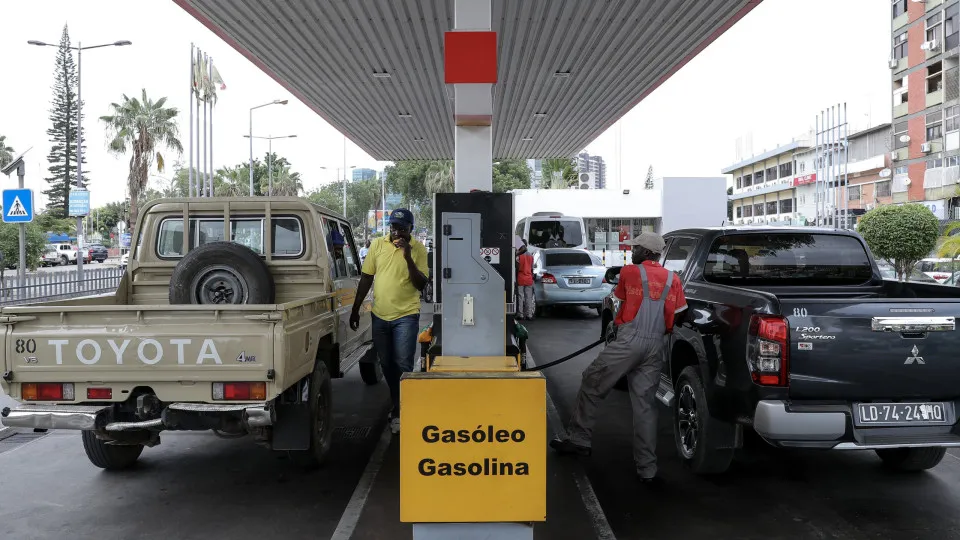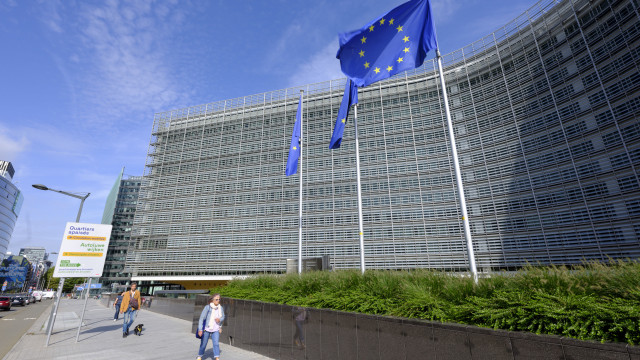
Data from the Instituto Regulador dos Derivados de Petróleo (IRDP) on activities between July and September reveals that 70% of liquid fuel purchases were imported, with the rest sourced from the Luanda Refinery (29%) and Cabgoc — Topping de Cabinda (1%).
During this period, diesel was the most imported product at 61%, followed by gasoline at 25.94%, dominating total acquisitions.
In a statement to the press, the Deputy Director-General of IRDP emphasized the increased import of diesel due to higher demand, predicting similar import levels of diesel and gasoline for the last quarter of the year as recorded in the third quarter.
António Feijó highlighted that the Cabinda Refinery, inaugurated last September, will reduce diesel imports despite still being in a pre-launch phase.
Once the Cabinda Refinery is fully operational, the country expects to cut import volumes by about 12%.
“By importing less, we will reduce 10% to 12% of imports, which will decrease the state’s expenditure on diesel purchases. Currently, about 70% of our needs are imported, and we produce only 30% internally. Increasing domestic production will lower the imported volume,” he stated.
According to IRDP data, the country maintains an operational onshore liquid fuel storage capacity of 675,968 cubic meters.
By the end of the analyzed quarter, there were 1,204 gas stations, with 920 operational, mainly operated by the state-owned Sonangol Distribuição e Comercialização, accounting for 34.2% of the total.
In terms of market share for liquid fuel sales volume during the period, Sonangol Distribuição e Comercialização led with 62.3%, followed by Pumangol with 20%, Sonangalp with 8.6%, Total Energies Marketing Angola with 7.2%, and Etu Energias with 2%.
For gaseous fuels, no Liquefied Petroleum Gas (LPG) imports were recorded in the third quarter, with the 158,555 metric tons introduced coming from Angola LNG Plant (56%), Sanha (38%), Luanda Refinery (5%), and Topping de Cabinda (1%).
“Compared to the previous quarter, there was approximately a 28% increase in LPG acquisition for the domestic market,” the report notes, highlighting Sonangol Gás e Energias Renováveis’ market leadership in sales with a 77.7% share.
In another segment, around eight thousand metric tons of lubricants were traded in the domestic market by major companies, representing a 17% decrease compared to the previous quarter.
Out of the total volume mentioned, only 490 metric tons, or 6%, were produced domestically, with the remaining 7,465 metric tons, equivalent to 94%, being imported.
“Chinangol led lubricant sales in the market during the analyzed period, with a 9.8% market share, followed by Jambo with 8.6%, Lubritec with 8.2%, Geosam with 7.3%, and Sonangol Distribuição e Comercialização with 6.2%, completing the top 5 in this market.




